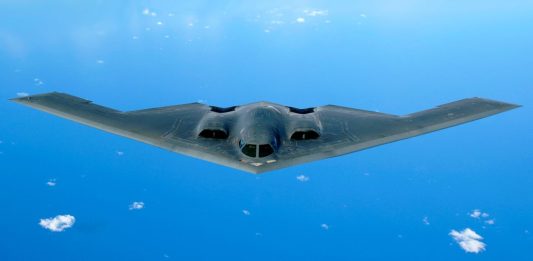US Stealth Bomber Crash: Pentagon Decides To AXE The ‘Irreparable’ Warplane Damaged In 2022 Accident
The US Air Force has outlined plans to divest one of its B-2 Spirit stealth bombers damaged in an accident. The move will further reduce its already diminutive fleet of stealth bombers. Israeli Fighter In Pakistan Air Force? Why J-10C, Operated By Pak & China, May Be Heavily Inspired IAI Lavi? The B-2 Spirit bomber … Continue reading US Stealth Bomber Crash: Pentagon Decides To AXE The ‘Irreparable’ Warplane Damaged In 2022 Accident
